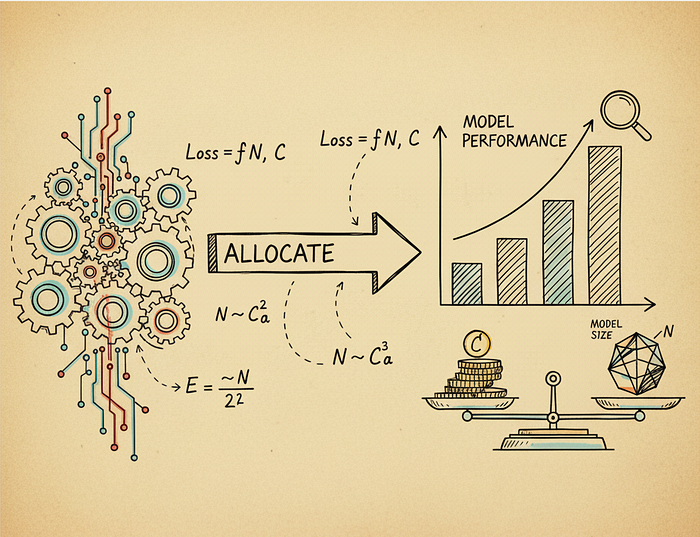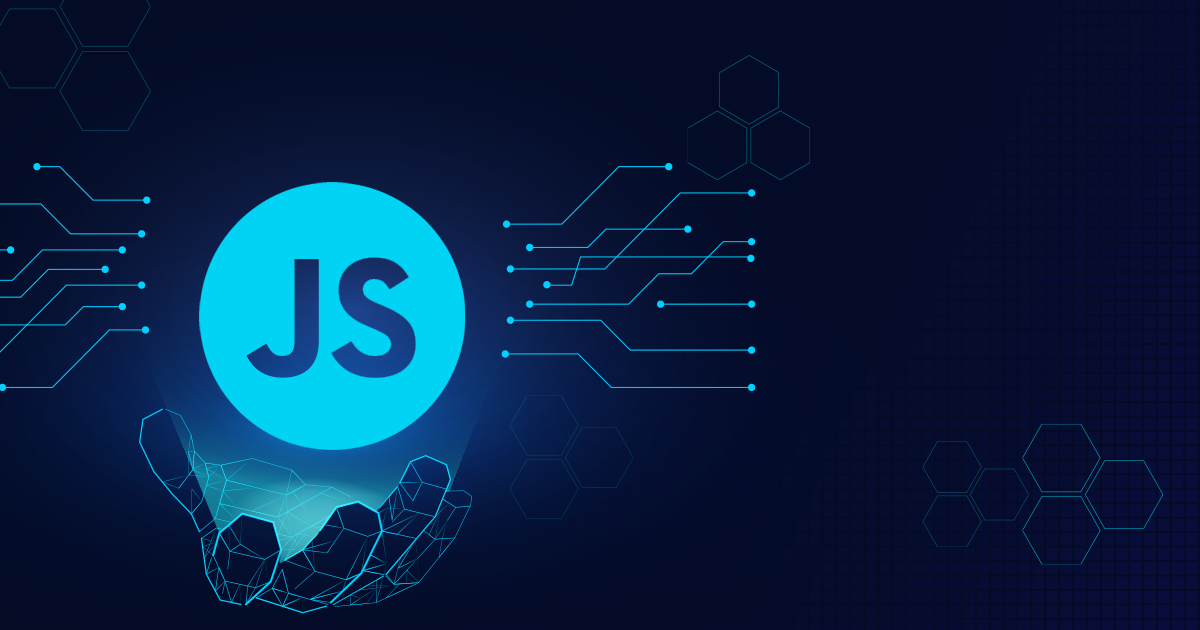Introduction to Cloud Migration
For years, many chief information officers (CIOs) looked at VMware-to-cloud migrations with a wary pragmatism. Manually mapping dependencies and rewriting legacy apps mid-flight was not an enticing, low-lift proposition for enterprise IT teams.
Changing Landscape of Cloud Migration
But the calculus for such decisions has changed dramatically in a short period of time. Following recent VMware licensing changes, organizations are seeing greater uncertainty around the platform’s future. At the same time, cloud-native innovation is accelerating. According to the CNCf’s 2024 Annual Survey, 89% of organizations have already adopted at least some cloud-native techniques, and the share of companies reporting nearly all development and deployment as cloud-native grew sharply from 2023 to 2024 (20% to 24%). And market research firm IDC reports that cloud providers have become top strategic partners for generative AI initiatives.
The Rise of Cloud-Native Techniques
The adoption of cloud-native techniques is on the rise, with more companies reporting nearly all development and deployment as cloud-native. This shift is driven by the need for faster innovation and cost-effectiveness in an AI-first future. As enterprises prepare for this inevitability, they are facing compute demands that are difficult, if not prohibitively expensive, to maintain exclusively on-premises.
Pressure to Innovate
This is all happening amid escalating pressure to innovate faster and more cost-effectively to meet the demands of an AI-first future. As enterprises prepare for that inevitability, they are facing compute demands that are difficult, if not prohibitively expensive, to maintain exclusively on-premises.
Conclusion
In conclusion, the landscape of cloud migration is changing rapidly. With the rise of cloud-native techniques and the increasing pressure to innovate, enterprises are facing a new reality. The need for faster innovation and cost-effectiveness in an AI-first future is driving the adoption of cloud-native techniques, and companies must be prepared to adapt to this new landscape.
FAQs
- What is driving the adoption of cloud-native techniques?
The adoption of cloud-native techniques is driven by the need for faster innovation and cost-effectiveness in an AI-first future. - What is the current state of cloud migration?
The current state of cloud migration is changing rapidly, with more companies adopting cloud-native techniques and facing increasing pressure to innovate. - What are the benefits of cloud migration?
The benefits of cloud migration include faster innovation, cost-effectiveness, and the ability to meet the demands of an AI-first future. - What are the challenges of cloud migration?
The challenges of cloud migration include manually mapping dependencies and rewriting legacy apps mid-flight, as well as the uncertainty around the future of certain platforms.











